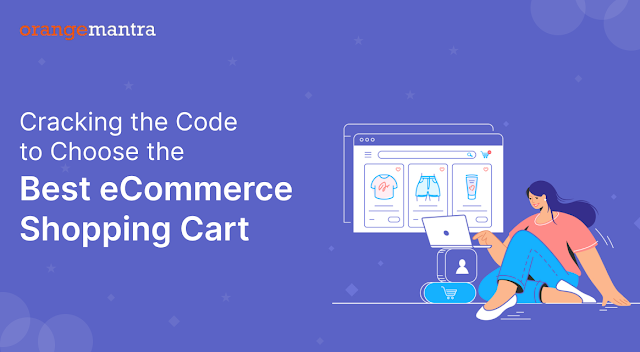Comprehensive Guide to Shopify Headless Commerce to follow in 2024
When talking about creating an interactive business storefront, Shopify remains the top competitor. The eCommerce platform integrates the headless capabilities of online retail firms. As per the latest demands, firms need headless processes to gain more flexibility.
And to present an interactive user experience without glitches. So, Shopify headless commerce becomes the best way to invest in your business. If you are still in doubt, let's look at what it can offer.
An overview of Shopify headless commerce
The front end and back end get connected to any eCommerce platform. APIs act as a mediator to integrate both ends. When you choose Shopify headless commerce, it offers you a winning edge. You just have to focus on the user demands and how you will fulfill them. And grab the best growth opportunities. Plus, it becomes the reason that API can deliver the data accurately. It can be done by:
· Progressive Web App (PWA)
· Customer Relationship Management (CRM)
· Digital Experience Platform (DEP)
· Content Management System. (CMS)
So, Shopify also planned the introduction of headless commerce for multiple users. So, it converts the websites to be more specific and flexible to stores.
Benefits of Shopify headless commerce
Here are the advantages of Shopify headless commerce for your store.
Complete flexibility
The front-end and back-end are completely de-linked from each other. Also, it becomes simple to modify the content layer without disturbing the actual content. So, the endless possibilities you can develop external CMS or custom code. You can see the seamless headless Shopify eCommerce solutions for interactive checkout. As it leads to an easier buying process for the various eCommerce users.
Quick loading
The complete Shopify headless commerce architecture helps developers to make quick changes. Such as to implement the latest functionalities and interfaces without interruptions. As per reports, it is suggested:
· 47% of online shoppers want web pages to load in less than 2 seconds.
· 64% of mobile users predict that the site to load in 4 seconds.
It gives us an overview of how headless architecture makes eCommerce stores user-friendly. Online shoppers can easily use the Shopify website to use blogs, checkout, homepage, sped, etc.
Personalized URL
Shopify only offers the four predefined URL types to websites. So, when you create customized URLs for products is out of the confusion. But if you remember the headless commerce allows you multiple flexibilities. You can easily edit the URLs to make specific product specifications. So, you can offer a tailored URL for your business.
Unified experience
Headless eCommerce is not dependent on any kind of interface. So, it prioritizes the user experience to be the best choice for your users. And this implies the various options you get to satisfy your user demands. You can select the latest shopify website development for your storefront. Plus, it allows to integration of third-party apps to customise the user interface.
Greater control
The existing programs are in different languages to prevent connectivity. As the users won't feel connected and their experience might get hurt. Plus, you won't get constrained by any rules of connectivity with ends. So, it improves the overall website performance and flexibility. You can get eCommerce Strategy Consulting for more assistance. It doesn't follow the traditional eCommerce structure to carry out any functions.
Improved deployment
Shopify headless commerce speeds up everything. Now here's a quick theory. As it won't connect your front end to the back end. Instead, it offers a streamlined data flow from front to back. So, it helps the developers to get real-time updates without disrupting the website flow. And can simultaneously work on both ends.
How to start with Shopify headless commerce for your business?
Let's look at some steps you should know to start with headless commerce.
Assess your platform
Shopify is one of the best eCommerce platforms to start your eCommerce business. The concept of Shopify headless commerce specifies the difference between traditional commerce. The storefront API is here to offer seamless connectivity with both ends. Even you connect a new front-end without a custom integration. So, here are the complete steps to follow for the headless process:
· Selecting a front-end technology.
· Leveraging the Storefront API.
· Plug-in Headless CMS.
· Building your front end.
Choose a CMS
A headless CMS is crucial to choosing to invest wisely in the best. With your headless CRM, you can easily create a specific channel and experience. You have to keep your users as the focus point to present the services. Easily you can choose an open-source CMS that offers zero fee and 100% flexibility. Or go for a SaaS CMS for streamlined headless web development implementation.
Sync your APIs
After selecting and setting up the platform and CMS, you can now sync them. And here is the point to integrate the front-end and back-end. When you convert traditional commerce you must fragment it into small sections. And sync APIs to each part for better understanding and testing. So, you can test, optimize, and scale as you slowly integrate the complete parts.
Conclusion: Headless commerce is gaining traction with increased demands for flexibility. As we discussed what do you get when you integrate headless commerce into your business? You can consult Shopify app development services for more consultation.




Comments
Post a Comment